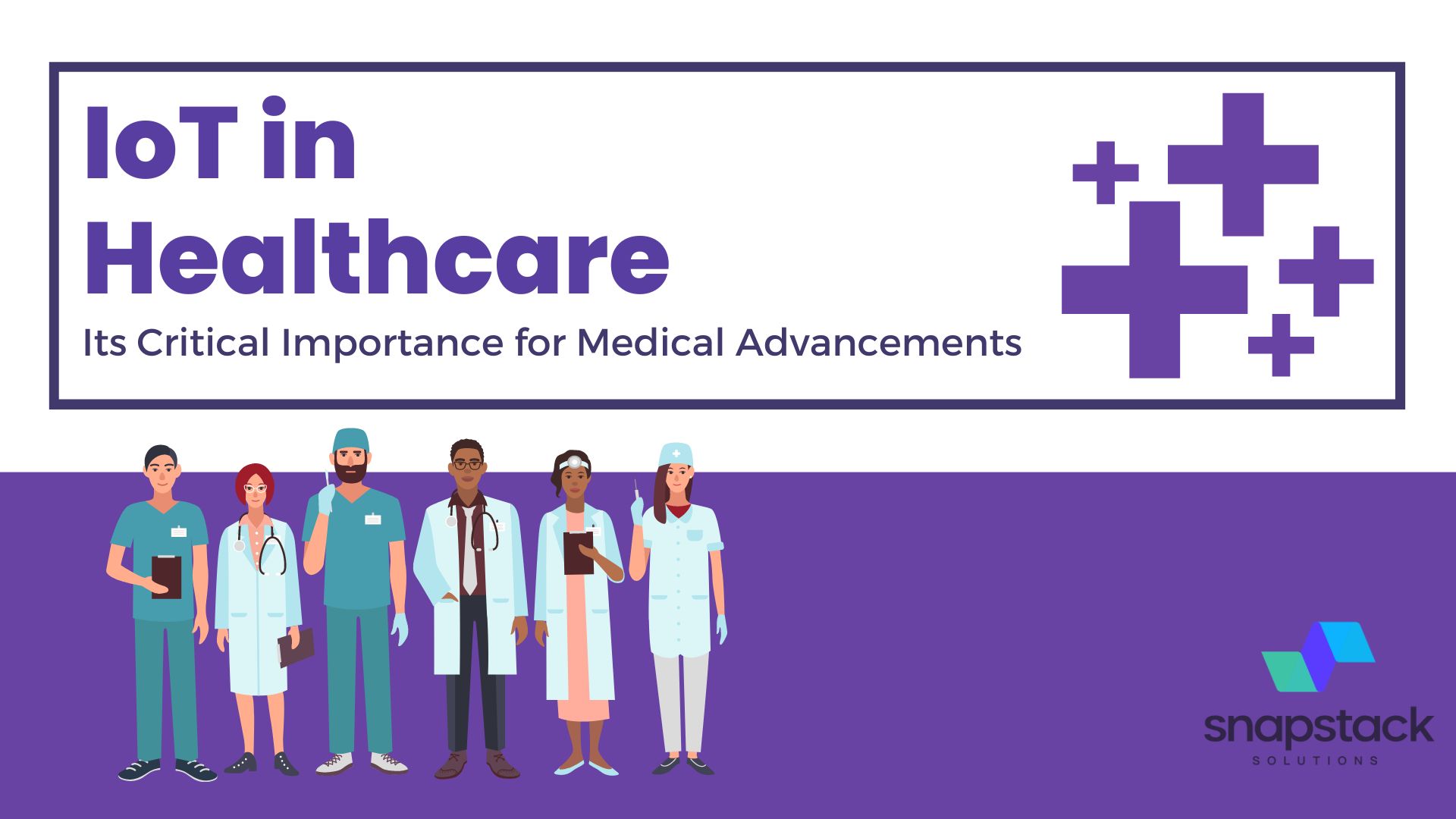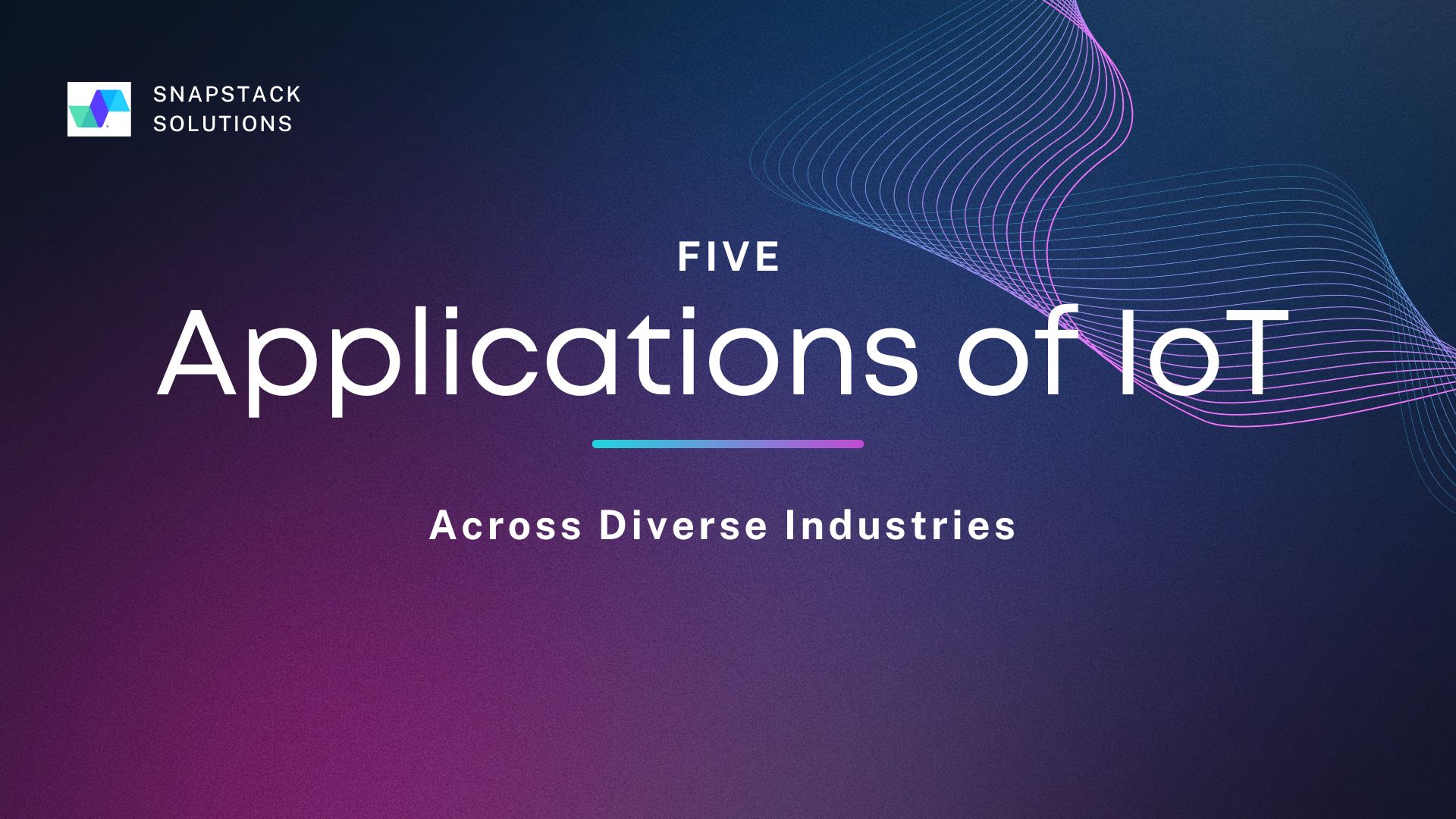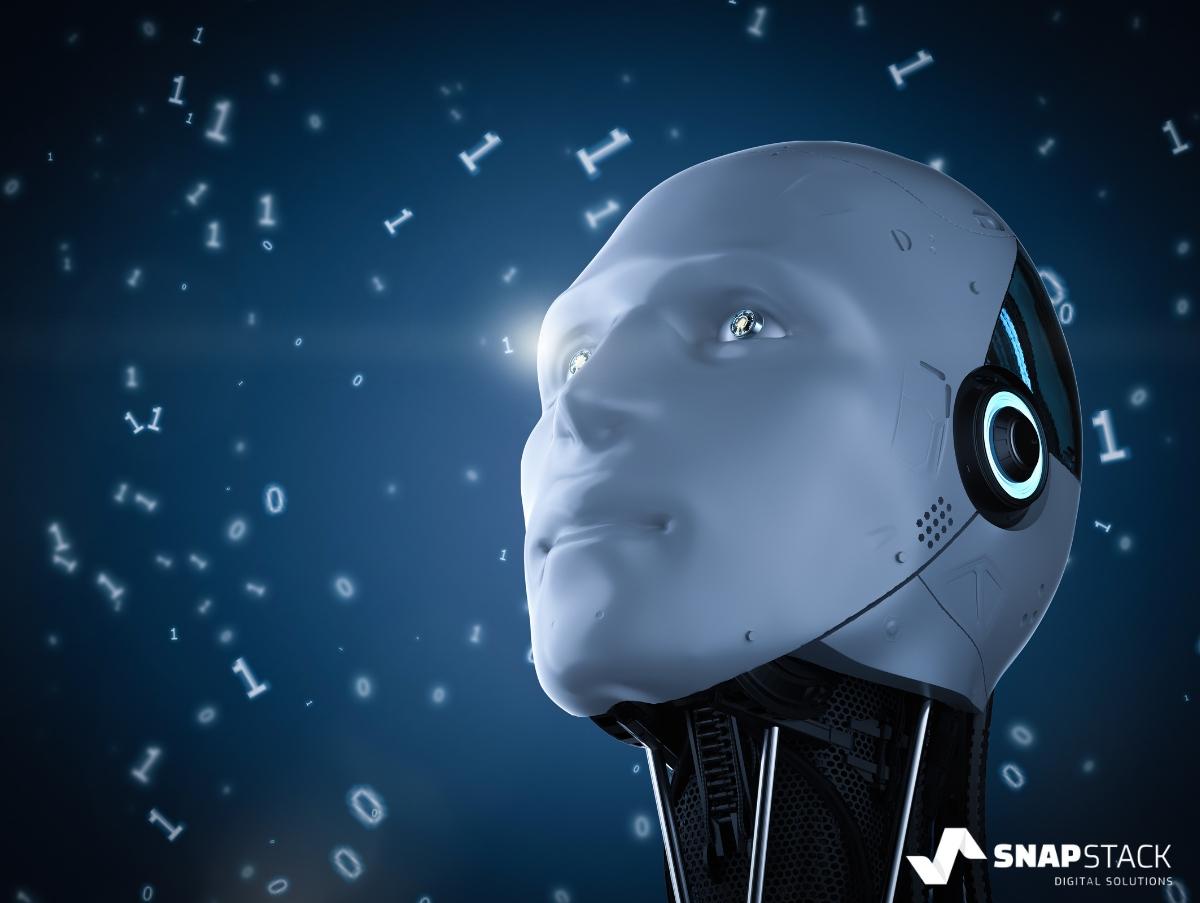IoT in healthcare is already transforming the sector, and the future seems promising. From wearable fitness trackers to sophisticated smart implants, applications of IoT are changing the way healthcare is delivered. Read on to explore the groundbreaking impact.
What is IoT in Healthcare?
IoT in healthcare is a term that refers to a network of connected devices that collect and exchange data to improve patient outcomes. These IoT devices range from wearable health monitors and smart thermometers to advanced implantable devices and remote patient monitoring systems.
Why is IoT Important in Healthcare?
IoT is soon to become an indispensable part of modern healthcare as it primarily focuses on improving the efficiency and quality of patient care. IoT devices in healthcare collect and transmit real-time health data to healthcare providers. This information can be used for a variety of purposes, from early diagnosis and personalized treatment plans to continuous monitoring of patient conditions minus the need for invasive procedures.
For example, wearable medical devices within the IoT framework enable Remote Patient Monitoring (RPM). These devices can monitor patients for different medical conditions right from their homes, allowing for timely interventions when needed without frequent hospital visits. This is paramount for chronic disease management, postoperative care, and elderly patients.
Backed by IoT devices, patients can recover at home under medical supervision via remote monitoring, significantly reducing hospital readmissions. In turn, This lowers healthcare costs and improves patient comfort and satisfaction. Since IoT also supports data collection, it can lead to better clinical decision-making and operational efficiency for healthcare organizations. It’s a win-win.
What’s more, the integration of IoT with blockchain technology further improves security and privacy. Platforms like BurstIQ facilitate the sharing and usage of medical data securely. Using blockchain, healthcare providers can share sensitive information reliably and with ease. This helps them streamline operations while guaranteeing all involved parties have accurate and up-to-date data.
How Is IoT Used in Healthcare?
With more and more medical practitioners and hospitals adopting IoT, we are witnessing a new and improved healthcare system. How? Here are just some of the applications of IoT within the sector:
| Application | Description |
| Remote Patient Monitoring | Collects real-time health data from wearables or sensors for remote monitoring of patients. This remote patient monitoring can be particularly useful for patients who may not have easy access to healthcare facilities, and it can even recommend treatments or generate alerts based on the information gathered. |
| Smart Medical Devices | IoT-enabled devices aid in managing chronic conditions by automatically collecting and transmitting data. |
| Asset Tracking and Management | Tracks the location and status of medical equipment to ensure availability and reduce search time. |
| Supply Chain Management | Monitors inventory levels and tracks movement of medical supplies and pharmaceuticals. |
| Hospital Operations Optimization | Optimizes hospital operations such as patient flow and scheduling, and monitors environmental conditions. |
| Telemedicine | IoT devices enable telemedicine services, allowing patients to consult with doctors remotely, which can be especially useful for patients who live in remote areas or have mobility problems. |
| Patient Engagement and Behavior Monitoring | Encourages patient engagement and monitors behavior patterns for personalized feedback. |
Benefits of IoT in Healthcare
- Improved Patient Monitoring: Continuous tracking of vital signs and health metrics through wearables and smart devices provides real-time data, allowing for timely interventions and better disease management.
- Remote Patient Care: IoT devices facilitate telemedicine and remote consultations, reducing the need for hospital visits and enabling healthcare access in underserved or rural areas.
- Operational Efficiency: Automation of routine tasks, such as inventory management and patient flow tracking, improves operational workflows and reduces the administrative burden on healthcare professionals.
- Personalized Treatment: Data collected from IoT devices can be analyzed to tailor treatments to individual needs, improving patient outcomes and satisfaction.
- Cost Reduction: By preventing unnecessary hospital visits and optimizing resource usage, IoT technology helps to significantly cut down healthcare costs for providers and patients alike.
- Data-Driven Insights: The wealth of data generated by IoT devices can be analyzed to uncover patterns and insights, leading to better decision-making and continuous improvement in healthcare delivery.
- Improved Drug Management: IoT-enabled smart cabinets and inventory systems ensure the accurate tracking and automatic reordering of medications, reducing errors and enhancing patient safety.
- Health and Wellness Promotion: IoT devices encourage patients to engage with their own health, using fitness trackers and health monitoring applications to promote a proactive approach to wellness.
IoT Vulnerabilities in Healthcare
While IoT brings forth numerous benefits in healthcare, it also introduces significant vulnerabilities that we must address. One of the primary concerns involves the security of patient data. Connected medical devices often transmit sensitive information across networks, making them potential cyber-attack targets.
Additionally, many healthcare IoT devices do not feature robust security measures. This lack of security can encompass insufficient encryption, default passwords that users rarely change, and outdated software. Such weaknesses not only jeopardize patient data but can also threaten the functionality of critical medical devices.
Moreover, the complexity of interconnected systems can introduce vulnerabilities. The integration of multiple devices from different manufacturers into a single network can lead to inconsistencies in security protocols, creating gaps that attackers might exploit.
Addressing these vulnerabilities requires a multi-faceted approach: enforcing stringent security measures, regular updates and patches, and comprehensive training for healthcare professionals on best practices in IoT security.
IoT in Healthcare: Key Takeaways
Healthcare providers should seize the opportunities presented by IoT and blockchain to transform patient care and operational processes. The journey toward adopting these technologies begins with a strategic approach to implementation and a commitment to continuous improvement.
[ecta id='22'] |




